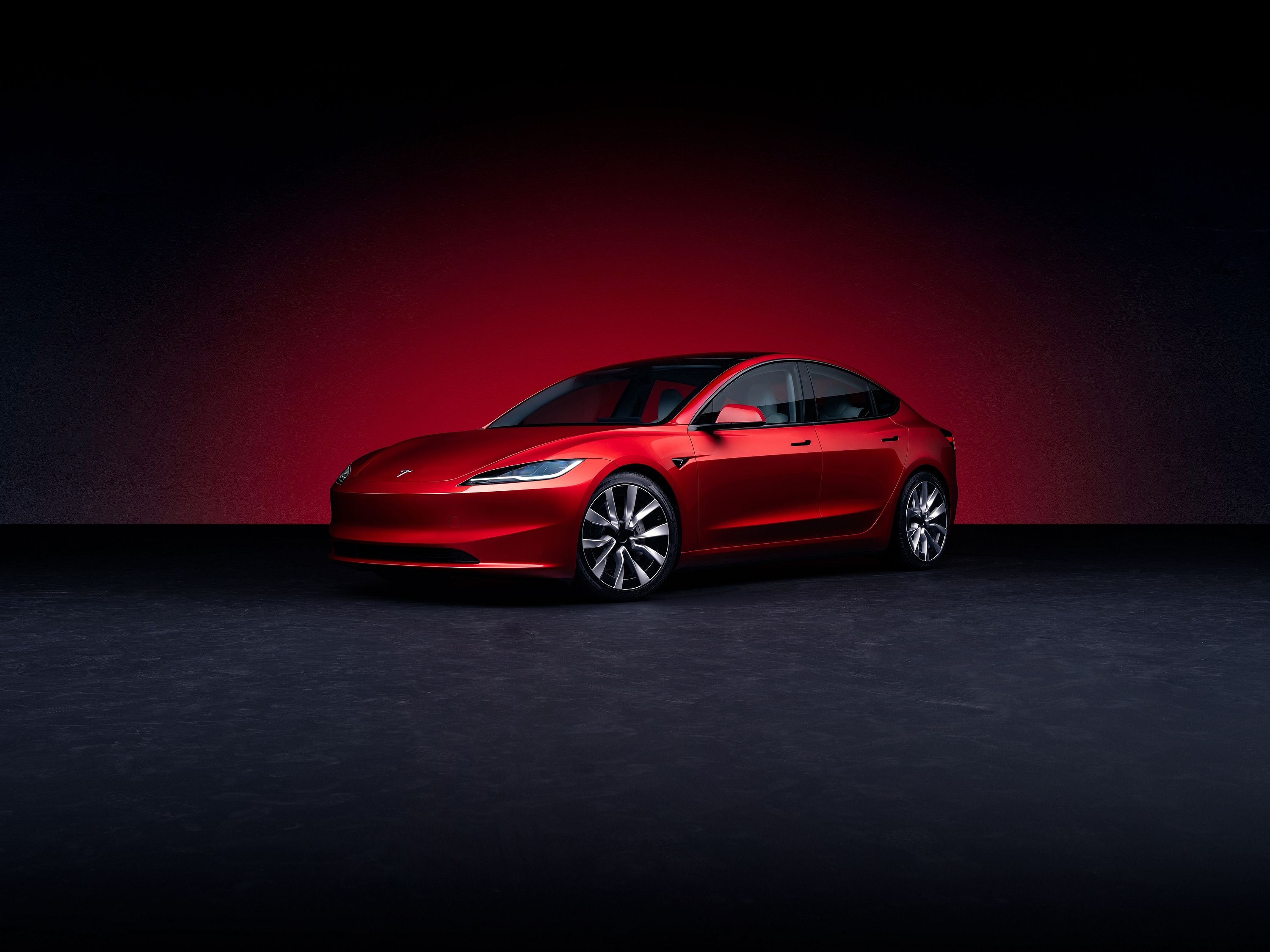
Tesla has faced a lot of scrutiny over its Autopilot system, but now the automaker is under formal investigation. Following a spate of crashes involving Teslas crashing into emergency vehicles, the National Highway Traffic Safety Administration has opened an investigation to determine if Autopilot was to blame for 12 separate accidents including an incident in Florida where a Tesla Model 3 slammed into a police car.
In the 12 accidents being investigated, 17 people were injured and one was killed. Right now, Tesla is under pressure to show how Autopilot responds to emergency vehicles with data from 765,000 Tesla cars built between 2014 and 2021. As reported by AP News, Tesla is now facing tough questioning by the feds.
The National Highway Traffic Safety Administration is demanding to know why Tesla didn't issue a recall after updating the Autopilot software to identify parked emergency vehicles more accurately. In a letter sent to Tesla, the NHTSA warns that vehicles must be recalled if an over-the-air update relates to a safety issue. Legally, if a safety defect is discovered, automakers are required to tell the NHTSA within five working days and issue a recall.
"Any manufacturer issuing an over-the-air update that mitigates a defect that poses an unreasonable risk to motor vehicle safety is required to timely file an accompanying recall notice to NHTSA," the agency wrote. The NHTSA is also ordering Tesla to provide information for its recently launched Full Self-Driving beta being tested by some owners.
Late last month, Tesla launched a software update that improves the Autopilot system's ability to detect flashing emergency vehicle lights in low-light conditions. The NHTSA is requesting a list of events that prompted the update, which vehicles it was applied to, and whether Tesla intends to issue a recall. If no recall is issued, the electric carmaker will need to "furnish Tesla's technical and/or legal basis for declining to do so."
Again, it's worth reiterating that, despite what the name suggests, Tesla's Autopilot system is classified as Level 2. This means drivers are required to keep their hands on the wheel and stay alert, but some people choose to ignore this advice.
